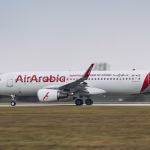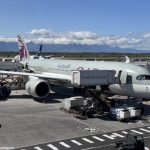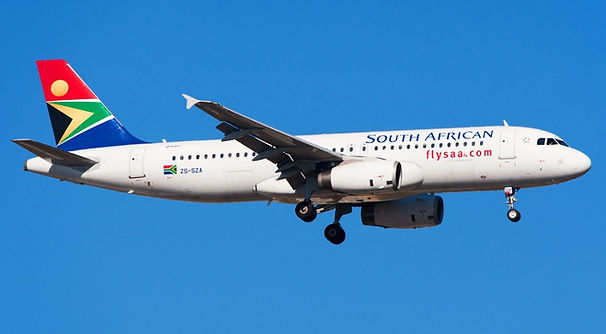After years of turbulence marked by financial woes and operational mismanagement, South African Airways (SAA) has taken a bold step towards revitalization by resuming direct flights between Johannesburg, South Africa, and Lubumbashi, Democratic Republic of Congo (DRC). This move is not just a testament to the airline’s recovery but also a significant boost for regional connectivity and economic collaboration in Africa.
A Long Hiatus
SAA suspended flights to several African destinations, including the DRC, in September 2017. This decision was a part of a broader scale-down strategy aimed at curbing financial losses that had plagued the state-owned airline for years. Alongside Lubumbashi, flights to Angola, Benin, Cameroon, Congo, Gabon, and Uganda were also discontinued, leading to a significant shrinkage in Africa’s air travel network. The suspension highlighted the extent of SAA’s mismanagement, which included misaligned strategies, inefficient operations, and mounting debts.
The Resumption: A Symbol of Renewal
With its recent turnaround efforts gaining traction, SAA has now reinstated five weekly flights between Johannesburg and Lubumbashi. Operated by Airbus A320 aircraft, these flights will run from Monday to Friday, offering passengers a reliable and efficient connection between the two countries. This resumption aligns with the airline’s strategy to rebuild its network and strengthen its position in African air travel.
“As an enabler of trade and commerce in Africa, SAA connects two of Africa’s most influential economies and mining centers, bringing together industries, communities and entrepreneurs and enabling us to unlock greater prosperity, foster collaboration and generate new opportunities for trade, investment and development,” says SAA interim chief executive Professor John Lamola.
Economic and Social Implications
The return of SAA to the DRC is expected to have several positive impacts:
- Boosting Trade and Investment: South Africa and the DRC are well-established trading partners, with South Africa’s exports to the DRC experiencing a compound annual growth of 50% between 2018 and 2022. In 2022 alone, South Africa exported goods worth R26.6 billion to the DRC, predominantly refined petroleum and mining machinery. Conversely, the DRC’s exports to South Africa totaled R2.4 billion, consisting mainly of refined copper, precious metal scraps, raw zinc, and other minerals. Direct air connectivity is expected to nurture and further strengthen this trade relationship, benefiting both nations and the broader continental economy. Additionally, the Airbus A320 aircraft serving this route offer superior belly cargo capacity, catering to the transport needs of mining, infrastructure, and industrial sectors across the continent.
- Enhancing Tourism: Lubumbashi, the second-largest city in the DRC, is an important gateway for business and leisure travelers. The new flights will make it more convenient for South African tourists and professionals to visit the region, fostering cultural exchange and tourism growth.
- Regional Integration: By linking two of Africa’s largest economies, SAA’s renewed operations will contribute to greater regional integration, a crucial goal for the African Continental Free Trade Area (AfCFTA).
Challenges Ahead
While the resumption of flights is a promising development, SAA faces several challenges in sustaining its operations:
- Competition: The route between Johannesburg and Lubumbashi is also served by other airlines such as Kenya Airways and Air Tanzania, which may offer competitive pricing and services.
- Operational Stability: SAA must ensure that its financial and operational reforms continue to yield results to avoid falling back into the mismanagement that led to its earlier decline.
- Market Confidence: After years of setbacks, the airline needs to rebuild trust among travelers and stakeholders.
The relaunch of flights between Johannesburg and Lubumbashi marks a hopeful milestone for South African Airways and African air travel. It reflects the airline’s commitment to recovery and its potential to play a pivotal role in fostering economic and cultural ties across the continent. However, success will depend on SAA’s ability to overcome challenges and leverage opportunities in a competitive and evolving aviation landscape.





